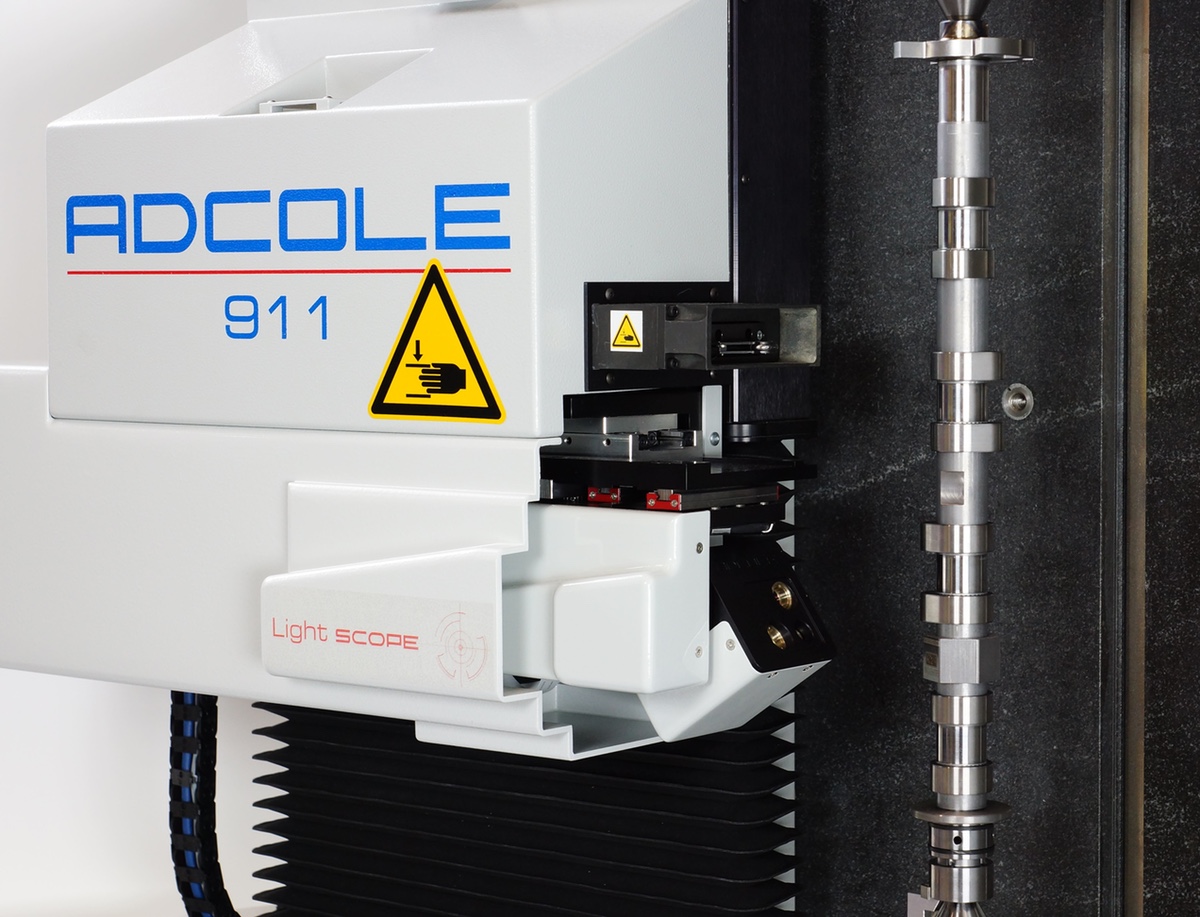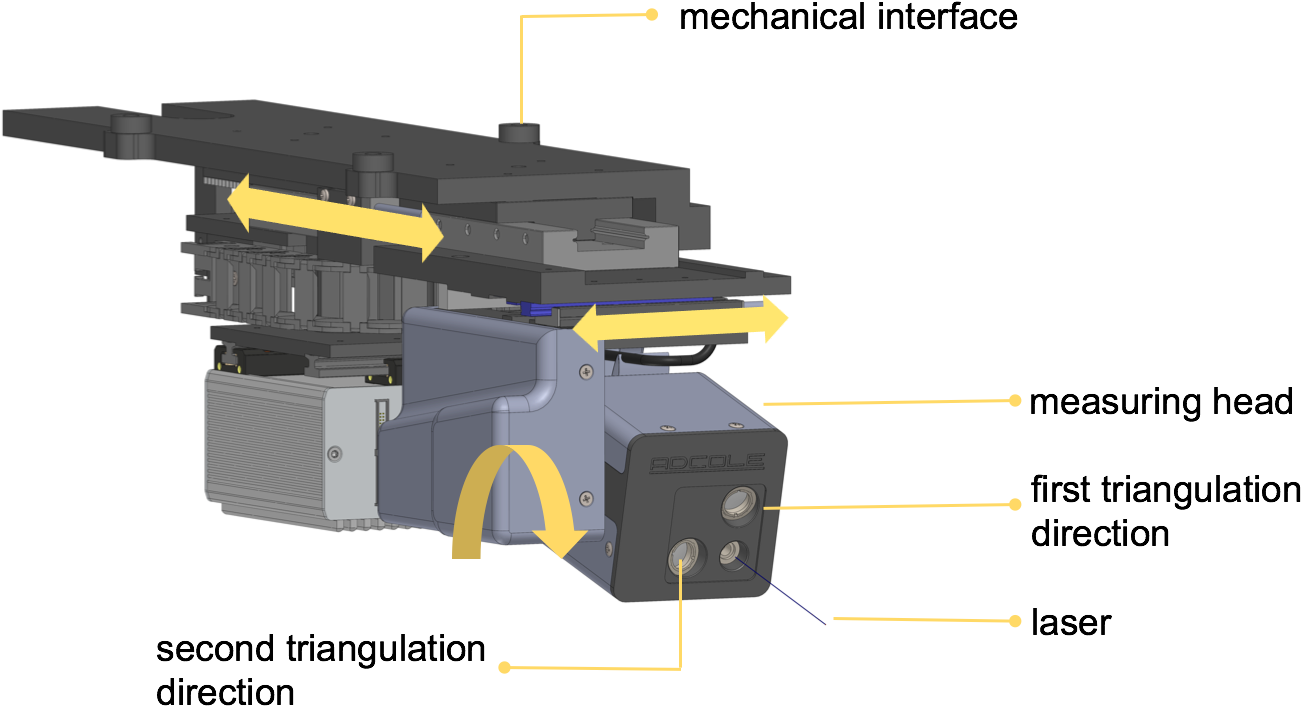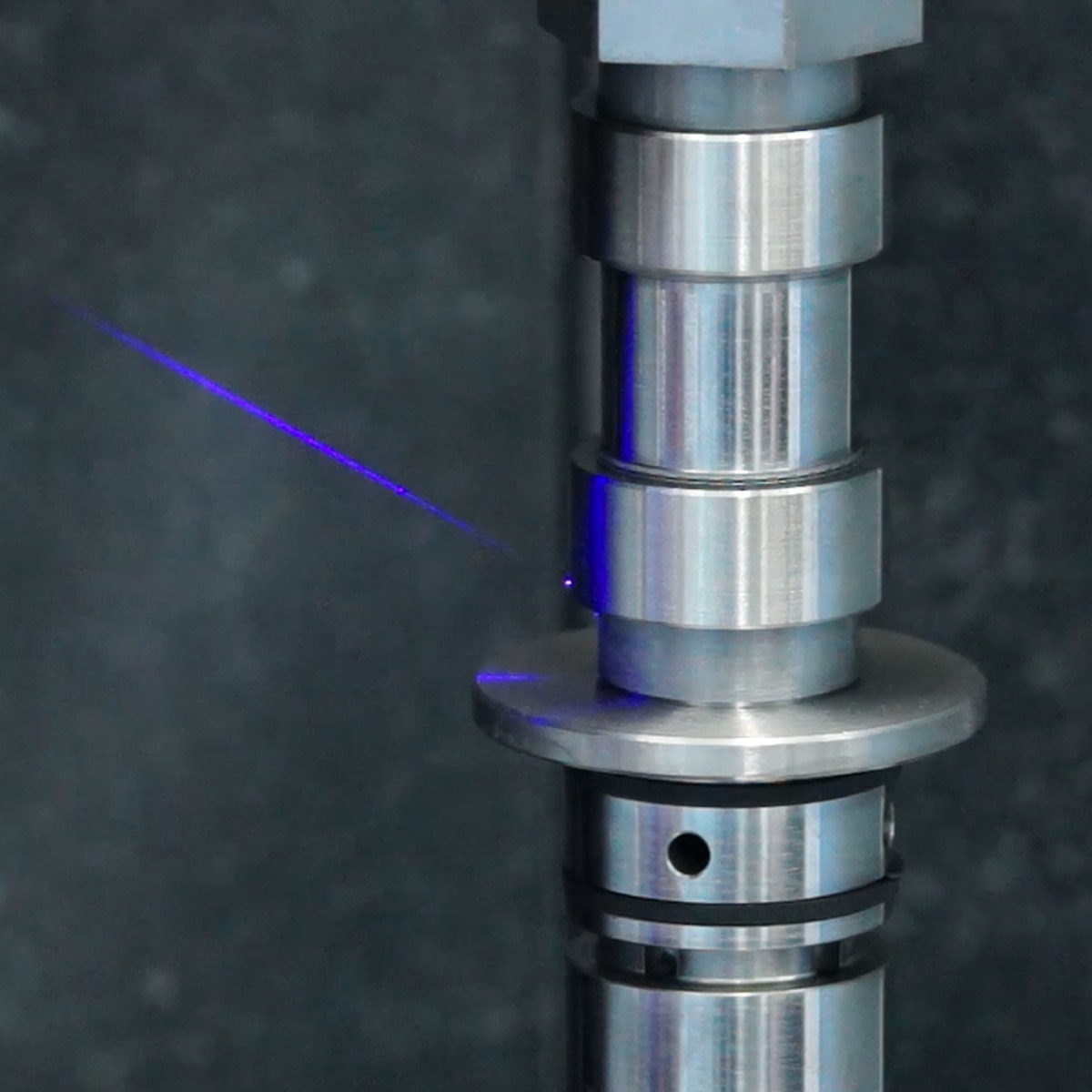Cylindrical parts like camshafts or gearshafts are major components of the power train in a vehicle. The mechanical precision of these parts is the foundation for a long life and a high fuel efficiency of the engine.
During the manufacturing of such parts gages are employed close to the assembly line as well as in separate inspection labs. These gages are responsible for a smooth production with a minimal scrap rate.
Until now the majority of the gages in the inspection lab are exclusively equipped with tactile probes. To measure complex part geometries like an angular position of a timing wheel or a chain wheel, they require special adapters. These adapters have to be manually attached to each part that is to be measured.
The complexity and diversity of camshafts and related parts is steadily increasing, while the typical lot size in manufacturing is down to a few hundred parts. This means that the demand for more flexible gages in the inspection lab is going up.
 Source: ADCOLE Corporation
Source: ADCOLE Corporation

